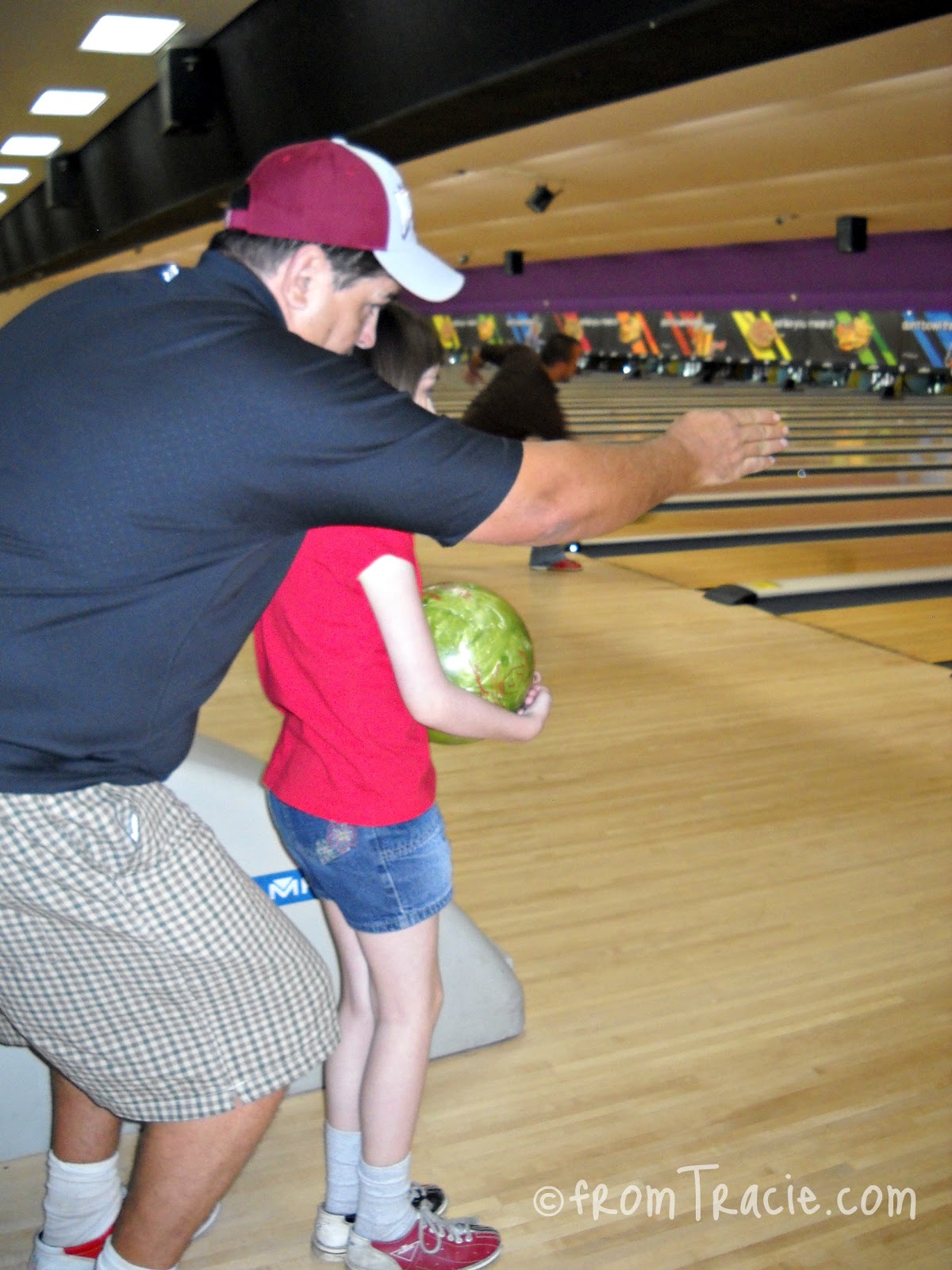Master the Bowling Grip: Improve Your Game
Ever wonder how pro bowlers send those pins flying with such precision? It's not just about brute strength. A crucial element lies in mastering the proper bowling ball grip. Getting this right can dramatically improve your game, from accuracy and power to consistency and overall enjoyment. A solid grip is the foundation upon which a powerful and accurate shot is built.
So, what does grasping a bowling ball correctly even entail? It's more nuanced than just picking it up. This involves understanding the ball's weight, your hand's characteristics, and how the two interact to create the ideal launch. We'll delve into different grip styles, exploring how they affect your throw and which might be the perfect fit for you.
While the precise origins of the modern bowling grip are hard to pin down, it's clear that its development has mirrored the evolution of bowling itself. From rudimentary games involving rolling stones at targets to today's sophisticated sport, the way we hold the ball has been refined through trial and error, scientific analysis, and the relentless pursuit of higher scores. The key issue with gripping a bowling ball isn't just about avoiding gutter balls; it's about controlling the ball's trajectory and spin, influencing its hook, and ultimately, maximizing your strike potential.
Understanding your bowling ball is the first step to a good grip. Balls come in various weights and sizes, with holes drilled for fingers and thumb. These holes are not randomly placed; their position and spacing relative to each other are critical. This layout influences how the ball rolls off your hand and impacts the lane. Finding the right ball weight and finger hole fit is as important as the grip itself.
A correct grip allows for a clean release, preventing the ball from slipping or wobbling, which can negatively affect its trajectory. A proper grasp provides the control needed to impart spin and achieve the desired hook, a crucial element in advanced bowling technique. It also reduces strain on your hand and wrist, protecting you from injuries that could sideline your game.
There are three main types of grips: the conventional grip, the fingertip grip, and the semi-fingertip grip. The conventional grip involves inserting your fingers and thumb fully into the holes. The fingertip grip has only the tips of your fingers in the holes, allowing for more spin. The semi-fingertip grip is a hybrid, offering a balance between control and revolution. Experimenting with different grips is essential to finding what works best for your hand and bowling style.
Benefits of a correct bowling ball grip include increased accuracy, greater ball speed, and better control over the ball's rotation. For example, a proper fingertip grip allows for more spin, resulting in a more powerful hook. This, in turn, leads to more strikes and higher scores.
Action plan: 1. Choose a ball that fits comfortably. 2. Experiment with different grips. 3. Practice consistently. 4. Observe your results and adjust your grip accordingly.
Advantages and Disadvantages of Different Grips
| Grip Type | Advantages | Disadvantages |
|---|---|---|
| Conventional | Easy to learn, good control for beginners | Less spin potential |
| Fingertip | Maximum spin and hook potential | Requires more skill and strength |
| Semi-Fingertip | Balance of control and spin | Can be challenging to master the release |
FAQs:
1. How tight should my grip be? - Firm, but not tense.
2. What if my fingers hurt? - Ensure proper fit and consider grip tape or gloves.
3. How do I increase my ball speed? - Focus on a smooth release and follow-through.
4. Should my thumb be in the ball throughout the swing? - Generally, yes, until just before release.
5. How do I know which grip is right for me? - Experiment and consult with a bowling coach if needed.
6. What is a good starting weight for a bowling ball? - Consult a pro shop to determine the correct weight based on your size and strength.
7. How can I improve my hook? - Experiment with different grips and release techniques.
8. How often should I practice my grip? - Regular practice, even without bowling a full game, can improve your grip.
Tips: Keep your wrist straight, focus on your target, and follow through smoothly after releasing the ball.
Mastering how to hold a bowling ball correctly is more than just a technique; it's a game-changer. It’s the secret ingredient to transforming from a casual bowler to a more skilled player. From increased accuracy and power to injury prevention, the benefits of a correct grip are undeniable. By understanding the different grip styles, experimenting with what works best for you, and practicing regularly, you can elevate your game to new heights. So, head to your local bowling alley, put these tips into action, and watch your scores soar! Remember, practice makes perfect, so don't be discouraged if you don't get it right away. Keep experimenting, keep practicing, and you'll be well on your way to bowling success.
Unmasking eystreems discord identity
Understanding the opm general schedule gs pay system
Unlocking the power your guide to gmc sierra tow ratings






:max_bytes(150000):strip_icc()/bowling_ball_holding_6427-000208-56a0b49c3df78cafdaa42526.jpg)







